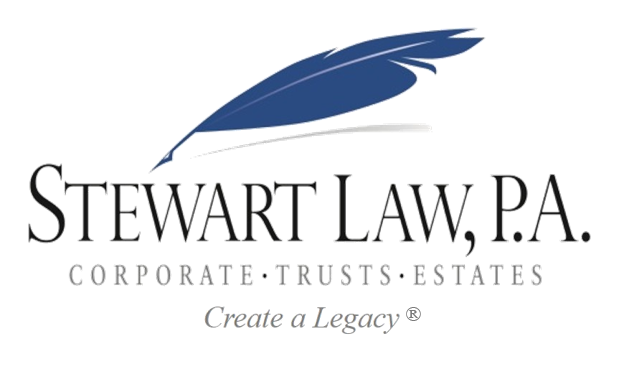Three Practical Tax Steps

In our last post, we detailed many of the new individual and corporate tax laws. Here we’ll take a closer look at three practical steps you should consider taking in light of these.
1. Revisit the income tax classification of your corporation or LLC.
For decades now, the S corporation has been the income tax classification of choice for most non-real estate businesses. The fact that it offers a single level of tax versus “double taxation” in C corporations has mostly been the deciding factor. Now, while C corporations still expose their owners to double tax (first on corporate income and second on dividends to shareholders), the combined tax rate is comparable to the single rate that S corporation owners incur. On top of this, C corporations offer their owners much more flexibility in the timing for payment of taxes. We believe the bottom line will be that closely-held businesses will be formed as C corporations much more often than they have been in recent memory. Note, however, there can be a number of tax costs associated with transitioning from one classification to another, so be sure to do so with the help of your tax advisors.
2. Consider Trusts to deal with taxable income limits and limitations on deductions.
For example, taxpayers filing a joint tax return avoid some significant limitations and get the maximum 20% Qualified Business Income (QBI) deduction on their business income with taxable income of $315,000 or less. However, in some cases it will make sense for taxpayers with higher income to transfer some ownership to a trust, which would often have lower taxable income and be able to utilize the full 20% QBI deduction. Likewise, if a taxpayer has property taxes of $50,000, only $10,000 of this amount can be used to offset taxable income under the new rules. A full $40,000 of this former deduction is wasted. However, if four trusts also each owned a fifth of the home and had $10,000 of income, they could each utilize the available $10,000 state and local income tax deduction.
3. Income Taxes in Estate Planning.
For those planning their estates and passing wealth to family and others, there’s always been a need to balance income tax and estate tax concerns. Now, however, until the expiration date under the new tax act (at the end of 2025), fewer estates will be directly impacted by estate taxes. This is true because there is a $10 Million exclusion, indexed for inflation to amount to approximately $11.18 Million in 2018.
Thus, planning for income taxes will become the biggest tax factor for most estates. The question is how to pass assets to heirs with minimum taxes due on a subsequent sale. Since the basis of an asset (in many cases this is what you paid for it) can be subtracted from the sale proceeds in the calculation of gain, one important theme here is strategies to generate basis. A technique to consider is transferring assets to a person before their death. Then, when that person dies and the asset passes through their estate, it can be given a basis equal to its fair market value at the date of the decedent’s death (i.e., the basis is “stepped up” to fair market value). For example, you may know of a trust with assets that are valued higher than their basis. If so, note that in many cases there are mechanisms to “swap” them back into the estate of the person who set up the trust. This will leave the trust with assets of an equal value and will help ensure heirs have maximum basis and the least amount of income taxes due related to sales out of the estate.
* Intended as general guidance only and not as legal advice.
